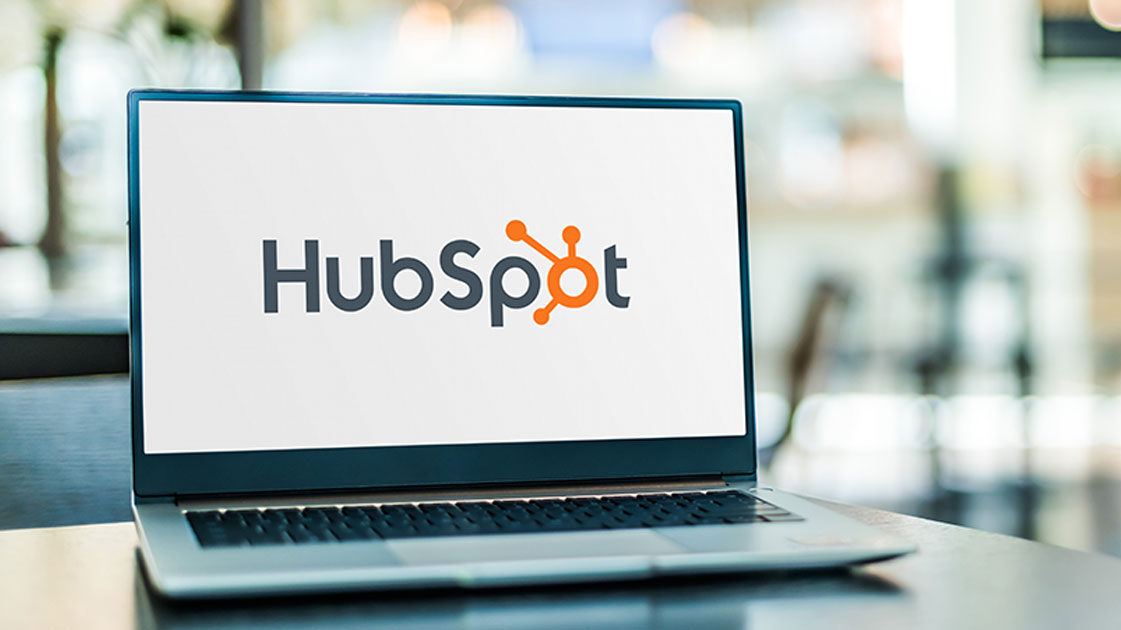What is hyper personalisation?
Digital Marketing
Customer Experience

Personalisation in marketing has been around for years. It’s not new to clients and in fact most people now expect personalisation when receiving corporate emails of any sort.
But personalisation is evolving. Like everything else within marketing, the battle is on to optimise personalisation further and squeeze every benefit from it that is possible. Over the last couple of years, the next step in personalisation has emerged as ‘hyper personalisation’. It’s not quite a Sci-Fi novel, but it could make a big difference to your marketing.
There is one difference
The main difference is that hyper personalisation uses data in a more advanced way. Normally, you would personalise an email with a customer's first name and maybe some other standard data fields like birthday or location.
Hyper personalisation takes data one step further. For example, emails could be personalised by using real time data like browsing behaviour. What if you could send an email to a customer when they have performed a specific action on your website?
The concept can be taken one stage further still by using purchasing data and dynamic content on your website to tailor what is shown on a by-client basis.
The most familiar example of this used very effectively is Amazon. If you have bought something from the site before, you will notice that the next time you log on it will show you similar items that you may be thinking about purchasing.
It looks smart, even futuristic, but really it’s just using data in a bigger way. The sort of tools used to produce this level of marketing are becoming more available and more affordable.
How can you use it? Start off simple!
The best thing to do is to start off simple. Don’t get ahead of yourself and try to implement an entire dynamic website, or you could still be developing it in several years time!
The easiest place to get started and to start seeing results lies within your email marketing.
Through most email marketing platforms, you can segment your database by using any sort of data field or behaviour. You could split it up by age or by gender or you could take it one step further and create segments based on someone clicking a certain link on your website.
Once you have segmented your data, tailor your email content directly to this audience. For example, if you are a financial adviser and you wanted to target your new pension advice service, you could segment people by certain ages and send emails to people who are either near retirement or at the age when they would be looking for pension services.
To make this personalisation ‘hyper’, you could segment your contacts even more. Maybe you make a segment for people who have clicked on pension services on your website and send them an email with more in depth info to the services you provide? Maybe you create a segment for people who have viewed four or more pages on your website and then left the site? This audience could receive an email featuring the services they looked at.
There are many analytics platforms that support this sort of click tracking and some offer more advanced behaviour features and integrations.
Take your data one step further
Once you start to gather data on your personalised campaigns, use that data to ‘hyper personalise’ your next campaigns.
You should start to build up a picture of when your customers like to read their emails, when they like to browse your website and what sort of content resonates with them.
By using this data, you can pre-emptively be in front of your customers, showing them their favourite products or services at the time of day they are most likely to buy.
You can use this personalisation data to really nurture your audience into becoming customers.
Use social listening
Social media is where people go to talk about the things that mean the most to them and it’s the perfect platform to find out what they think of your industry and what they want from it.
A really useful example of social hyper personalisation is through the use of Twitter lists.
You may want to target your new range of financial products to people who use the hashtag #Finance in the UK. You could use a social media management platform to find people using this hashtag and add them to a list. Once you have the list ready you can personalise content and tweet it directly to the people on the list.
For example, it could be an image with a personalised bespoke message on it.
Another example of social listening is to join in the conversations your audience is talking about. Nothing feels more personalised than when a company directly talks to you, so go and make your customers feel special and send them a tweet!
The future is personalised
People are much more digital and online savvy than they were 5 years ago. Just think about how many emails you receive every day and how many websites you visit. Now think, how many of those emails or websites can you remember? The likelihood is, not very many.
Hyper personalisation is a way to break through the noise. It’s a way to make your customers feel more valued, to nurture new business and to improve the metric we all care about: your conversion rates.
Start to think about how you approach your audience and whether you can use your data to personalise that approach further.


